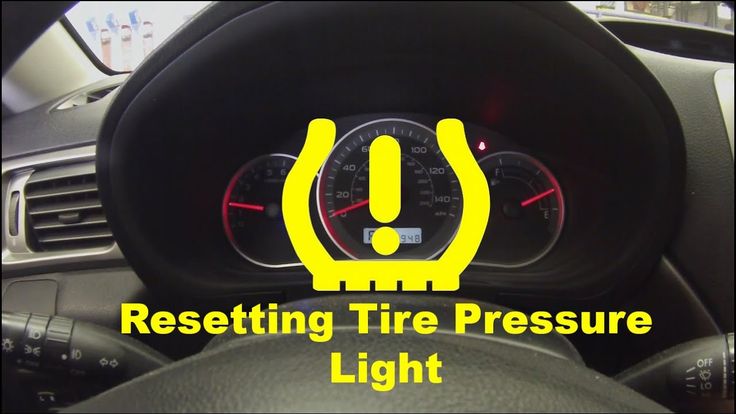Hide Show
Sell/Trade Us Your Car | Click Here To Learn More
Your tire pressure light provides a critical reminder to restore the pressure in your vehicle's tires when it gets low. You should only attempt to reset the light after first addressing the tire pressure in every tire. Once your tires are at the appropriate pressure, the light may go off on its own. If it doesn't go off right away, driving at 50 mph for about 10 minutes should help the tire pressure sensor reset.
If the tire pressure light is still on, there are a few more tricks you can try:
TPMS stands for Tire Pressure Monitoring System. The tire pressure light is one component of this electronic system, providing a visual alert when your tire pressure is low. The TPMS monitors tire pressure using either an indirect or direct method.
An indirect TPMS measures the rate of revolution for each wheel. If a wheel starts spinning faster than anticipated, the system signals to your vehicle's computer that something is amiss with the tire rotation, and your tire pressure light comes on. You must manually reset the monitor in an indirect TPMS system.
A direct TPMS uses pressure monitoring sensors in each tire to monitor tire pressure exactly. This is a more accurate alternative to an indirect TPMS system. The batteries inside these sensors will last for about 10 years. Direct TPMS systems reset automatically after tire inflation or rotation. You do need to have these sensors resynchronized when you get new tires, which requires a special tool.
Yes, cold weather will affect the air pressure in your tires. Your tires lose one or two pounds per square inch (PSI) for every 10 degrees that the temperature drops. Cold air condenses while warm air expands. Therefore, the colder air in your tires will take up less space in lower temperatures.
You may find that your TPMS light is only illuminated for a short time in the morning on particularly cold days. After about 20 minutes of driving, the air will often warm up and expand, restoring proper pressure in your tires.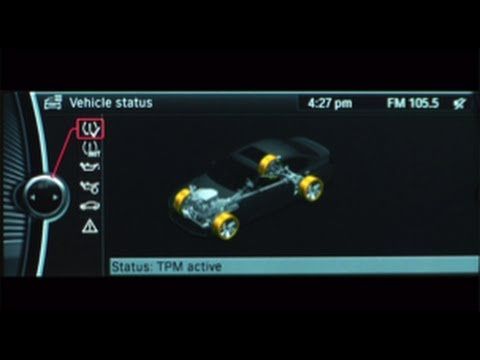 If the light stays on after 20 minutes on the road, you should add air to your tires as needed to restore the proper pressure. Low tire pressure is hazardous for your vehicle regardless of the cause.
If the light stays on after 20 minutes on the road, you should add air to your tires as needed to restore the proper pressure. Low tire pressure is hazardous for your vehicle regardless of the cause.
When the tire pressure monitor light is on, the first thing you should do is check the pressure in each of your tires, including the spare. Check the manufacturer's recommendation to determine the appropriate pressure for each tire. This is typically between 30 and 35 PSI but may vary. You should measure tire pressure when the tires are cold, which means they have not been driven in the last three hours.
To check the pressure, simply unscrew the valve cap and insert a tire gauge into the valve stem. The gauge will provide a clear reading. Replace the valve cap when you're finished. If your tires are all at the appropriate pressure, there's a malfunction with your TPMS. Bring your vehicle to an authorized dealership service center to diagnose and resolve the issue.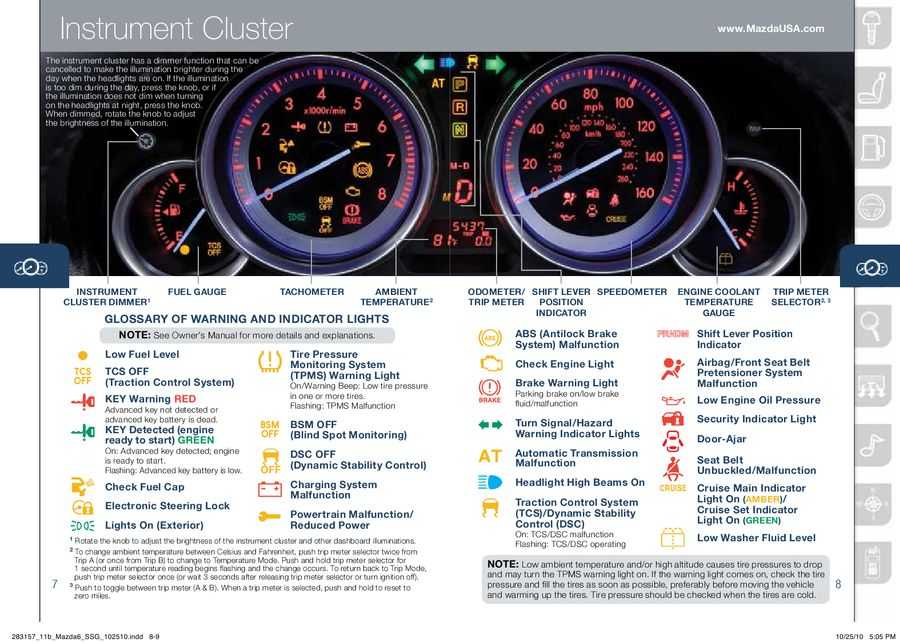
If the tire pressure monitor light is on, you should check your tire pressure as soon as possible. Low tire pressure creates a serious hazard on the road. According to the National Highway Traffic Safety Administration, 738 people died in tire-related crashes in 2017. When tire pressure is low, the tire has more contact with the road. This may cause the tire to overheat, leading to tread separation, excessive tire wear, or a blowout.
Low tire pressure also wreaks havoc on your fuel efficiency. You can save up to 11 cents per gallon simply by keeping your tires properly inflated. You'll also save money on tire replacements with adequate inflation. Keeping your tires properly inflated can add 4,700 miles to the tire's average lifespan.
The tire pressure monitor light gives you valuable information and should not be ignored.
You do not necessarily need to have your TPMS sensors replaced with new tires, but this is a good time to check them and make sure they're still in good condition. If you have an indirect TPMS system, your mechanic will need to manually reset the sensors after changing your tires. If you have a direct TPMS system, no additional maintenance is required to reset the system.
If you have an indirect TPMS system, your mechanic will need to manually reset the sensors after changing your tires. If you have a direct TPMS system, no additional maintenance is required to reset the system.
A new TPMS system will typically last for about 10 years before the batteries run out. If you have an older vehicle, you may need new sensors every five or six years. Your mechanic can advise you on the best time to replace TPMS sensors for your vehicle. When new sensors are installed, the system must relearn the location of each tire, which requires a detailed series of technical procedures. You should leave this task to a professional.
If you need tire service for your Toyota, come to Kings Toyota for prompt, reliable service. Our highly-trained technicians are equipped to assist with any type of tire issue, whether you need new tires or have a malfunctioning tire pressure sensor light. Make your appointment today.
* Indicates a required field
First Name*
Last Name*
Contact Me by*
EmailPhone

By James Tate Jan 31, 2023
Volkswagen
Article QuickTakes:
Your vehicle’s Tire Pressure Monitoring System (TPMS) is a valuable tool, keeping an eye on the amount of air in your tires and flashing a tire pressure lighting warning when the pressure is too high or, most often, too low.
A common misconception is that a quick tire fill-up should be enough to make the TPMS warning light go away. Most of the time you’ll have to reset the TPMS to bring your instrument display back to normal. For Volkswagen drivers, this can be done in several ways depending on the model you drive, and the year it was built.
There are various methods to reset your VW’s TPMS.
Most 2009 to 2013 Golf/GTI, Jetta, Passat, Phaeton, Tiguan, and Touareg VW models have an easily accessible TPMS reset button inside the glove box (if you don’t find it there, consult your owner’s manual for the location).
After inflating all four tires to the recommended tire pressure, press and hold the TPMS reset for at least two seconds; you should hear an audible chime, and the TPMS warning light should shut off.
A second method for resetting the TPMS includes applying the parking brake after inflating all tires. Then, wait 20 minutes, release the parking brake, and drive the vehicle at about 16 mph.
If your VW is from the early 2000s through to the 2016 model years, and you don’t have a TPMS reset in the glove box, there’s a good chance it’s accessed through the instrument cluster.
Turn the ignition on, but don’t start the engine. Then, press the “Menu” button on the instrument cluster and use the thumb knob to select “Tire Pressure,” then select “Store.” Some versions of this method recommend driving the car for about 20 minutes at or above 30 mph; others don’t. Once again, check your VW’s owner’s manual to see if this method applies to your vehicle.
If your VW is a 2019 model year or later, you’ll likely be able to use your infotainment system’s touchscreen in the center stack to reset the TPMS.
Again, turn the ignition on without starting the engine. Press the button that says “Car” on the touchscreen, then click on either “Setup” or “Settings.” From there, select “Tires” then “Set.” The system will flash a quick confirmation. Hitting “Confirm” should reset the TPMS.
If none of these methods work, double-check that your tires are inflated to their proper pressure. If they are, consult your preferred VW dealer or mechanic, as there may be an issue with the system itself. It’s strongly advised not to put it off, either. Tire pressure is vital to your car’s performance in terms of efficiency and safety. With the colder winter temperatures causing tire pressures to drop regularly, you will want a functional TPMS for the upcoming winter driving season.
TAGSvolkswagen tiguanvolkswagen touaregvolkswagen passatvolkswagen jettavolkswagen golfvolkswagen gtivolkswagen phaeton
This site is for educational purposes only. The third parties listed are not affiliated with Capital One and are solely responsible for their opinions, products and services. Capital One does not provide, endorse or guarantee any third-party product, service, information or recommendation listed above. The information presented in this article is believed to be accurate at the time of publication, but is subject to change. The images shown are for illustration purposes only and may not be an exact representation of the product. The material provided on this site is not intended to provide legal, investment, or financial advice or to indicate the availability or suitability of any Capital One product or service to your unique circumstances. For specific advice about your unique circumstances, you may wish to consult a qualified professional.
The third parties listed are not affiliated with Capital One and are solely responsible for their opinions, products and services. Capital One does not provide, endorse or guarantee any third-party product, service, information or recommendation listed above. The information presented in this article is believed to be accurate at the time of publication, but is subject to change. The images shown are for illustration purposes only and may not be an exact representation of the product. The material provided on this site is not intended to provide legal, investment, or financial advice or to indicate the availability or suitability of any Capital One product or service to your unique circumstances. For specific advice about your unique circumstances, you may wish to consult a qualified professional.
James Tate
James Tate has been writing about cars professionally for 15 years and he remains obsessed with them. He enjoys digging into the incredible technology of new vehicles as much as he likes the tactility and the driving experience of yesterday’s cars. He has written for a variety of legacy automotive magazines and websites.
He has written for a variety of legacy automotive magazines and websites.
Save article:
The article says:
When the tires are optimally inflated, the low tire pressure indicator (TPMS) does not light up on the vehicle's dashboard. However, in some cases, it lights up even if the pressure is normal. This can't help but be annoying, especially when the tires are inflated normally. In our article today, we will figure out how to reset a tire pressure error.
American and European scientists conducted a study, during which it was found that most drivers do not check whether the wheels are properly inflated before getting behind the wheel of a car. Only 40% of car owners perform such a check - and even then only once every 12 months. This is the reason for a large number of accidents.
Only 40% of car owners perform such a check - and even then only once every 12 months. This is the reason for a large number of accidents.
The TPMS (Tyre pressure monitoring system) system is designed to monitor tire pressure, as well as warn of a malfunction. If the tires are under-inflated or over-inflated, an error will be displayed on the remote control or an audible signal will appear.
What is dangerous too high or, conversely, low pressure? The risk of an accident increases, the car begins to consume more fuel, in addition, the rubber wears out faster.
Photo: Shutterstock
The above devices operate on the same principle. Let's figure out how information about what tire pressure gets to the control panel.

Consider how pressure is calculated by measuring instruments. Typically, the sensor performs a comparison of the angular rotation of the wheel. Knowing the value of this parameter, you can calculate the distance that the wheel will travel in one rotation.
Obviously, if the tires are under-inflated or over-inflated, then the outer diameter of the wheel will be different. Visually, a person cannot determine this change. But the sensor notices even such changes. The system fixes non-compliance with the required parameters.
Visually, a person cannot determine this change. But the sensor notices even such changes. The system fixes non-compliance with the required parameters.
The sensor will still respond, despite the fact that the wheel circumference has changed quite a bit. In this situation, it is necessary to find out what mechanical reason led to this. Only in this way can you eliminate the misinterpretation of the signals transmitted by the system. This can happen because:

Also, the TPMS system gives an error when you install new wheels or rearrange them.
When, after these steps, a tire pressure error appeared, indicating unbalance, you should reset the settings, and then set the basic parameters. In this case, the control signal may remain even if the basic settings have been selected.
Why such problems may occur:
See also
Velcro or spikes: which rubber is better for the Russian winter?
Read more
How to reset tire pressure error? To begin with, imagine that the TPMS system is working properly and the blinking light indicates a problem with the undercarriage of the machine.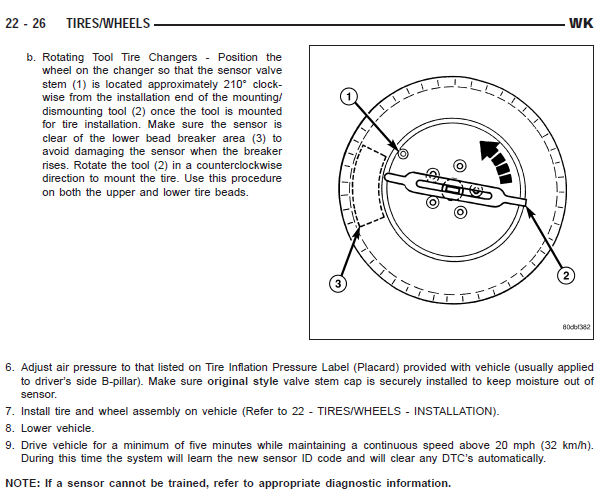 The first thing you should do is slowly release the gas. You can not brake sharply, turn the steering wheel. After the car has stopped, inspect the tires to make sure the rubber is not punctured or broken. Then you can check if the tire pressure is normal.
The first thing you should do is slowly release the gas. You can not brake sharply, turn the steering wheel. After the car has stopped, inspect the tires to make sure the rubber is not punctured or broken. Then you can check if the tire pressure is normal.
Pay attention! The TPMS will not always show a tire pressure error. For example, if the tires are slowly deflating, the system will not inform you about the problem. In the same way, she will not notice the error if the tire pressure starts to drop rapidly. This usually happens when a tire ruptures. This feature of the TPMS system is explained by the specifics of identifying and counting nonconformities.
However, in some cases, it happens that the TPMS system indicator is on, but the tires are in perfect condition. How to reset tire pressure error? We understand.
The complex TPMS system in some cases starts to work incorrectly.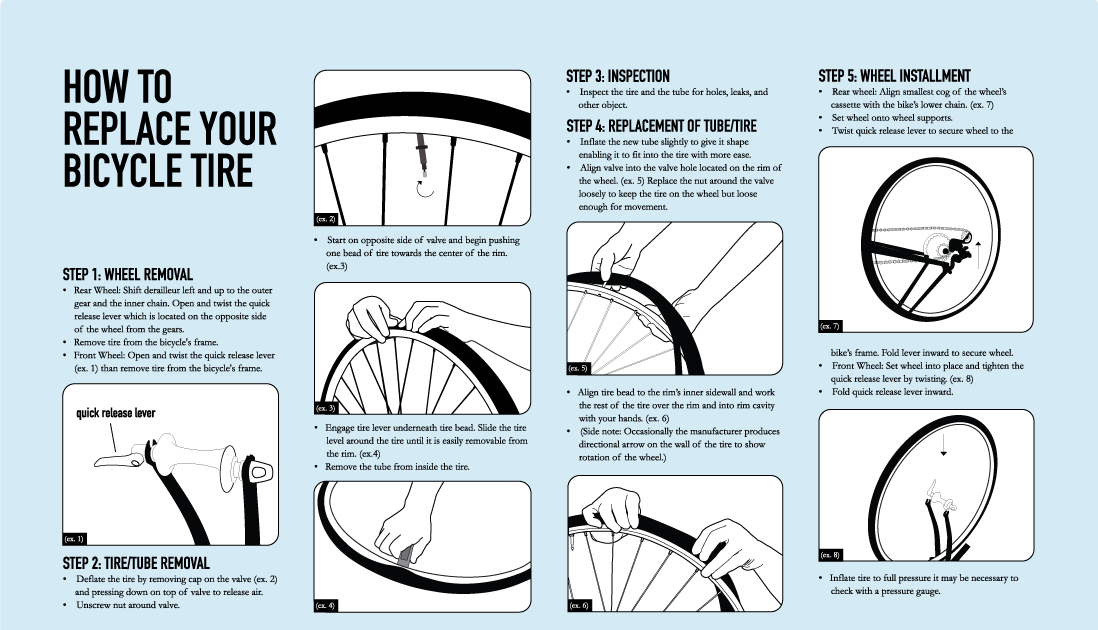 Usually, car owners observe the following picture: a tire pressure error is displayed on the display (the tire is underinflated), but in reality everything is fine with the wheel. You have to reset the tire pressure error. Otherwise, the TPMS system starts to work incorrectly.
Usually, car owners observe the following picture: a tire pressure error is displayed on the display (the tire is underinflated), but in reality everything is fine with the wheel. You have to reset the tire pressure error. Otherwise, the TPMS system starts to work incorrectly.
Photo: Shutterstock
You also have to reset the tire pressure error when there is radio interference from high voltage power lines. Or when sources of radio signals are located in the immediate vicinity. But as soon as you move away from them, the pressure error disappears and the system begins to function properly.
The reason for the malfunction may lie in the sensor, which is "failed". This damage cannot be easily repaired. How to reset a tire pressure error if the sensor flashes, while you hear a beep, lose your vigilance and find it difficult to drive a car? There are 4 ways to fix this problem.
To reset the error, pick up a speed of 80 km / h and continue driving for another 15 kilometers.
This method is the easiest to implement. If your car has this feature, then turn on the cruise control so that the speed does not change. Depending on the model of your car, you will be able to reset the tire pressure error at a speed that exceeds the specified one. After you cover a distance of 15-20 kilometers, maintaining the same speed of 80 km / h, make a stop. Turn off the motor. When you start it again, the tire pressure error will disappear.
Popular articles
How to choose a subwoofer for your car
19.12.2022
2181
From top to bottom, obliquely: how to degrease a car body before painting
12/15/2022
3025
Chic, shine, beauty: how to remove scratches on a car with your own hands
9.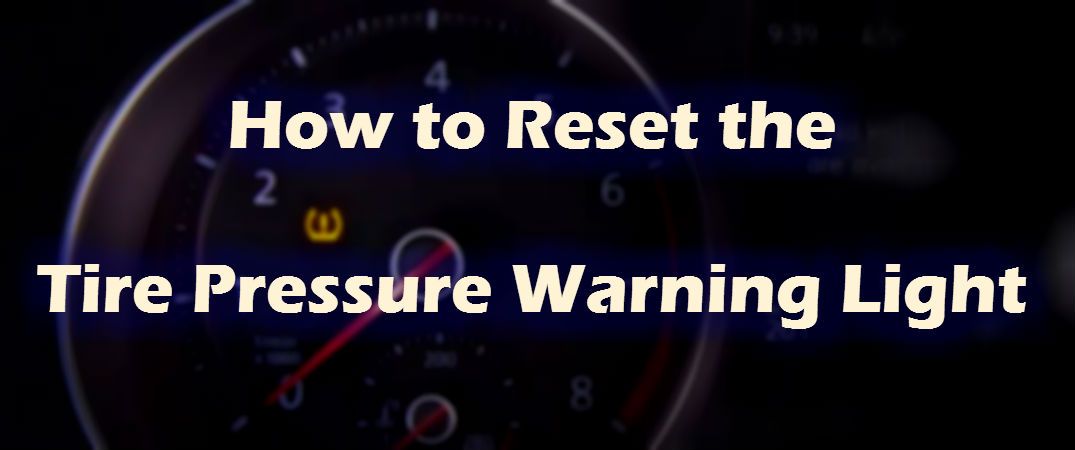 12.2022
12.2022
1894
Without damage: how to reduce the fuel consumption of your car
11/29/2022
1074
How much do they pay for advertising on a car
11/25/2022
5057
Press the tire pressure monitoring system (TPMS) reset button on your car and you will be able to reset the error.
It does not matter what type of low pressure warning system is used. In any case, there will be a sensor on each wheel of your car. Sometimes it may be necessary to reboot the touch system of the car. Read the owner's manual for the vehicle. It contains information on how to reset a tire pressure error. Most often, the instructions indicate which button to press to reset.
It contains information on how to reset a tire pressure error. Most often, the instructions indicate which button to press to reset.
The ignition key must be in the lock. No need to start the car, just turn it to the “on” (“ON”) position. Then press and hold the reset button, which may be under the steering wheel. We are waiting for the low pressure indicator to blink 3 times. After that, you can release the button. We start the car, it should work for 20 minutes. After this time, the computer will calibrate the sensors on the wheels. Now you can turn off the car.
Lower and then re-inflate the wheels.
Failed to reset tire pressure error using the previous method? Then we inflate all tires to 0.2 bar, this is the pressure that should be according to the recommendations of car manufacturers. Did the error go away? Then we lower the pressure in the tires completely.
Now we pump up the wheels again. The pressure in them should be the same as indicated on the driver's door pillar or in the car's operating instructions. When there are sensors on the wheels, you need to remember about the spare tire. Now you need to drive about 3-5 kilometers, adhering to a speed of 25 km per hour. So you can reset the tire pressure error.
When there are sensors on the wheels, you need to remember about the spare tire. Now you need to drive about 3-5 kilometers, adhering to a speed of 25 km per hour. So you can reset the tire pressure error.
Remove the battery terminals and then connect it to reset the error.
Each car has a computer that receives data from all kinds of vehicle sensors, including TPMS system sensors. However, any electronics can fail. To reset the error, you will have to reboot the system, for which you need to turn off the power.
Photo: Shutterstock
To do this, open the hood. The battery is located under the hood. Disconnect the negative terminal from it. To perform this operation, use a wrench. Then sit in the driver's seat, turn the key to the "ON" position, but do not start the car. Now you need to press the signal for 3 seconds. This will use up the energy that remains in the electrical system of the machine. Then reconnect the battery. This way you can reset the error.
This way you can reset the error.
Sensors keep track of tire pressure. However, you need to be sure that they function properly. Of course, you do not need to constantly walk around with a special measuring device and find out the status of the sensors. It just needs to be calibrated from time to time.
It is performed quite simply. The most important thing to remember is that, depending on the make and model of your car, for each wheel there are pressure parameters strictly defined by the manufacturer for winter and summer. These values should be given to the sensors. How the installation and configuration will be performed depends on the controller used.
 It can work autonomously or you will need to connect it to the cigarette lighter. We turn on the device in the training mode. Then proceed according to the tuning algorithm that is set by the manufacturer. You will have to put the device on all wheels, starting from the left front. Once the installation is done, make sure that all gauges are correctly displayed on the monitor. Otherwise, you will have to rearrange them so that everything matches the parameters on the display.
It can work autonomously or you will need to connect it to the cigarette lighter. We turn on the device in the training mode. Then proceed according to the tuning algorithm that is set by the manufacturer. You will have to put the device on all wheels, starting from the left front. Once the installation is done, make sure that all gauges are correctly displayed on the monitor. Otherwise, you will have to rearrange them so that everything matches the parameters on the display. For current promotions on the Halva card, which will help you profitably purchase household appliances, you can follow here.
To prevent a tire pressure error from appearing, it is important to calibrate (adjust the TPMS system) every time a change is made. For example, when you installed a new set of wheels, repaired tires, did balancing, and the like. Using TPMS controllers is quite simple. The main thing is to read the instructions for use of the device. And make sure that the tire pressure is the one recommended by the car manufacturer.
For example, when you installed a new set of wheels, repaired tires, did balancing, and the like. Using TPMS controllers is quite simple. The main thing is to read the instructions for use of the device. And make sure that the tire pressure is the one recommended by the car manufacturer.
See also
"What tires can be put on rims 14, 15 and 16: professional advice"
Read more
Every car owner gets annoyed if the tire pressure error icon lights up on the dashboard. This indicator informs you that something is wrong with the wheels. However, even if the tire pressure is optimal, the tire pressure error must be reset.
The fact is that if the TPMS system icon constantly signals insufficient pressure, the driver will not be able to know when the rubber will actually begin to deflate. Driving becomes dangerous for both you and other road users. It is necessary to find out the cause of the malfunction as soon as possible and reset the tire pressure error. This is the only way to operate the vehicle safely.
It is necessary to find out the cause of the malfunction as soon as possible and reset the tire pressure error. This is the only way to operate the vehicle safely.
Errors
Press the tire pressure monitoring system (TPMS) reset button on your car and you will be able to reset the error. It does not matter what type of low pressure warning system is used. In any case, there will be a sensor on each wheel of your car.
In this case, you can do the following:
Use the +/- keys to scroll to the tire you are working on; Shake the sensor to wake it up; Hold the sensor so that it physically touches the driver's monitor just below the SET button, gently press the CODE key and immediately release it.
The low tire pressure icon turns on and off
What you should do: check the tire pressure and adjust it if necessary. Is it safe to keep driving: The air pressure is probably close to where it could be unsafe.
Generally, you need to go through the car configurations, then you should find the option to diagnose inflation or "detect deflation", when in this tab you should hold the select button or the reset button according to the year of your Hyundai Sonata.
The tire pressure sensor (TPMS indicator on the dashboard) is on for one of three reasons: the air pressure in one or more tires has dropped below the permissible level, a sharp decrease in tire pressure has been detected (in particular , during a puncture), incorrect operation of the sensor or the receiver of signals from it, and also, often.
To do this, bring the device to the left front wheel and press the activation button on the device. A horn will sound. Then repeat the procedure in the following order - front right wheel, rear right wheel, rear left wheel.
The procedure for assigning a new tire pressure sensor is as follows:
Reduced pressure leads to an increase in tire deformation, its greater heating during wheel rolling, and accelerated wear of the outer tread tracks. Perhaps even a violation of the integrity of the frame. As a result, fuel consumption increases.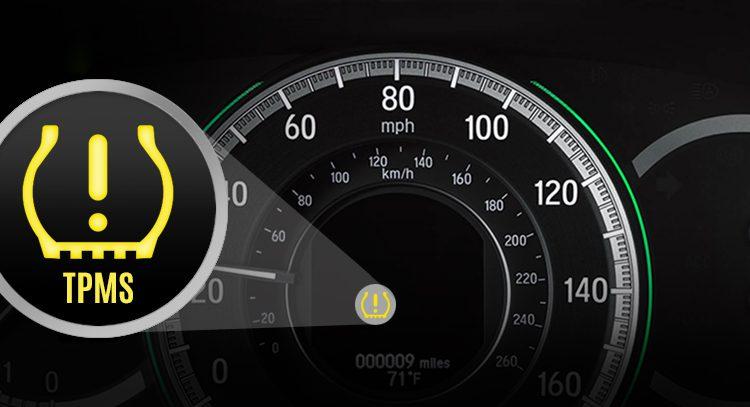 When hit in a hole in the road, the likelihood of damage to both the disk and the tire is higher.
When hit in a hole in the road, the likelihood of damage to both the disk and the tire is higher.
DIRECT TIRE PRESSURE MONITORING SYSTEM
The service life of the sensor is 6-8 years or 180,000 thousand kilometers. The vehicle receives readings transmitted at 433 MHz or 315 MHz from each of the sensors and locates them using special unique identifiers stored in the vehicle's memory.
Pressure sensors are devices combined in a single housing with a valve or caps mounted on the outside of the wheel valve. They are designed to monitor tire pressure.
No need to start the car, just turn it to the “on” (“ON”) position. Then press and hold the reset button, which may be under the steering wheel.
How to determine a faulty tire pressure sensor First of all, you need to check the operation of the sensors. To do this, you need to start the engine and see if the tire pressure warning light on the dashboard is on or off. In some cars, the ECU is responsible for this directly.
To do this, you need to start the engine and see if the tire pressure warning light on the dashboard is on or off. In some cars, the ECU is responsible for this directly.
What to do if this error lights up? It's simple: turn on the ignition and press the sensor initialization button, hold for a few seconds (4-7) and voila ... the setup is complete.
The procedure for programming the tire pressure sensors (TPMS) is carried out when replacing faulty sensors with new ones, or when replacing a set of wheels seasonally (winter/summer). When replacing only a set of tires with old wheels, reprogramming of the pressure sensors is not required.
What happens if you turn off the MBP? Fuel will be unnecessarily consumed, which leads to additional costs. Disabling the absolute pressure sensor, the signs of a malfunction of which make themselves felt, is not an option. It is recommended to check the DBP yourself or seek help from the master.
It is recommended to check the DBP yourself or seek help from the master.
The pressure in the engine oil system is constantly monitored by the oil pressure sensor. Therefore, if this device fixes the value of pressure below or above the permissible value, the oil pressure light on your dashboard lights up.
If the sensors are already installed in the wheels and there is no way to find out the ID using the equipment, it remains to remove the wheel, bend the tire and see what is indicated on the case.
The receiver module is powered by the car's cigarette lighter socket, there is also a USB output for convenient parallel charging of a smartphone. The kit includes a receiver with a display, 4 external pressure sensors, 4 locknuts, a kit for mounting sensors, a warranty card and instructions.
From the factory, the sensors are equipped with flat lithium batteries BR2450 welded to the contacts of the microcircuit.
When there are large changes in outside temperature, the following happens: when it gets warmer, the tire pressure rises, when it gets cold, it drops. It should be understood that while driving, the tires also begin to heat up, the air in them also heats up, which means that the pressure inside the tire also changes.
A tire pressure monitoring system (TPMS) is a special system that is installed on vehicles to alert drivers to low pressure in one or more tires. When the pressure drops, an orange signal lights up on the control panel to warn the driver.
Reset tire pressure sensor:
